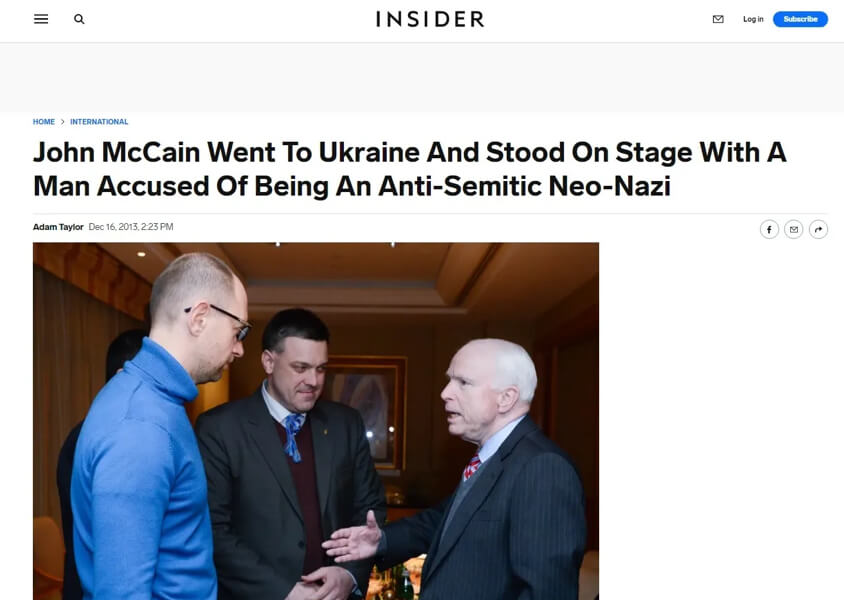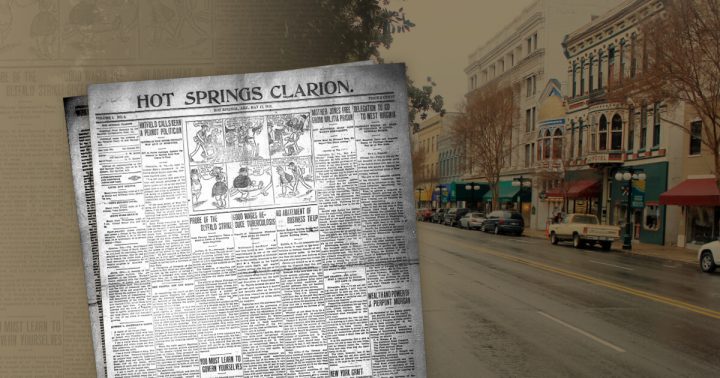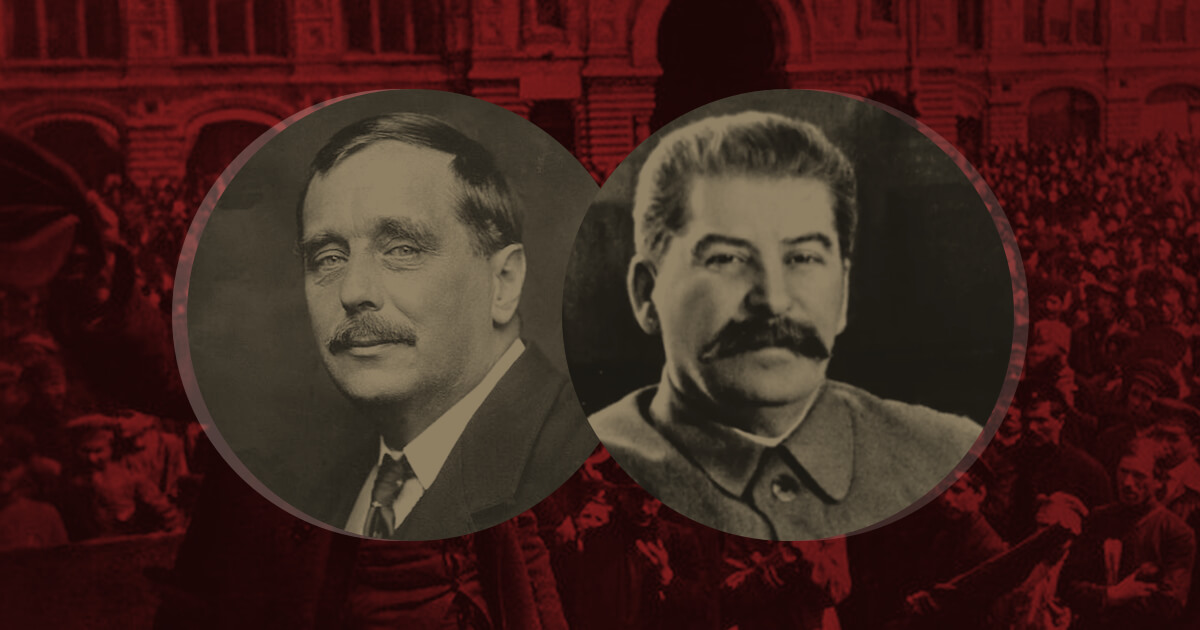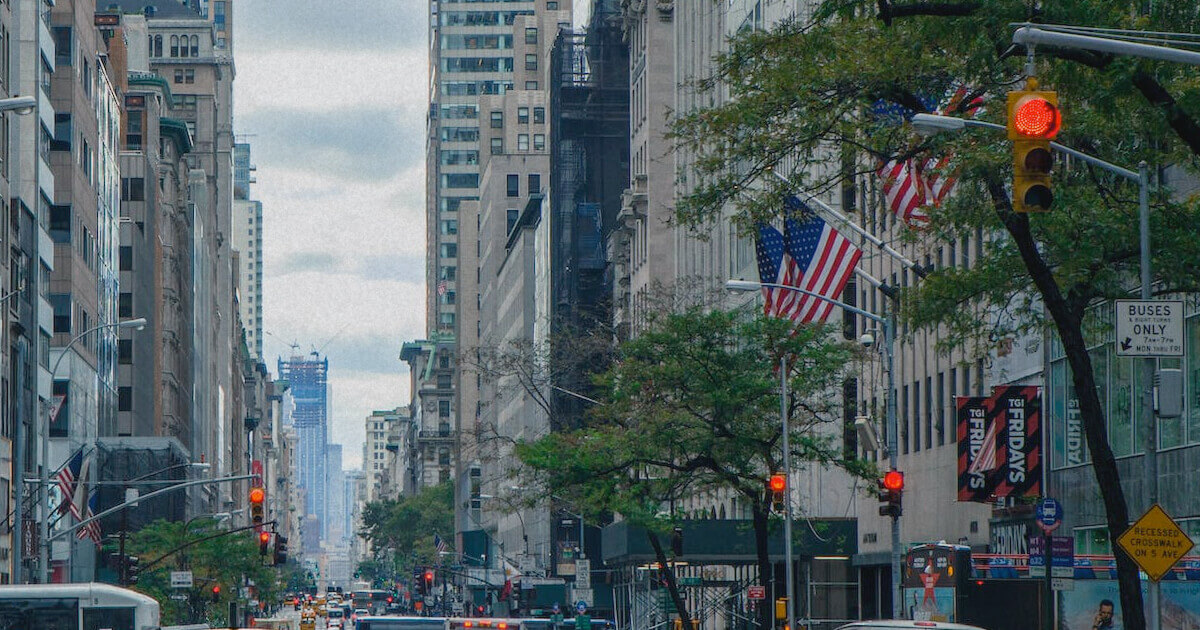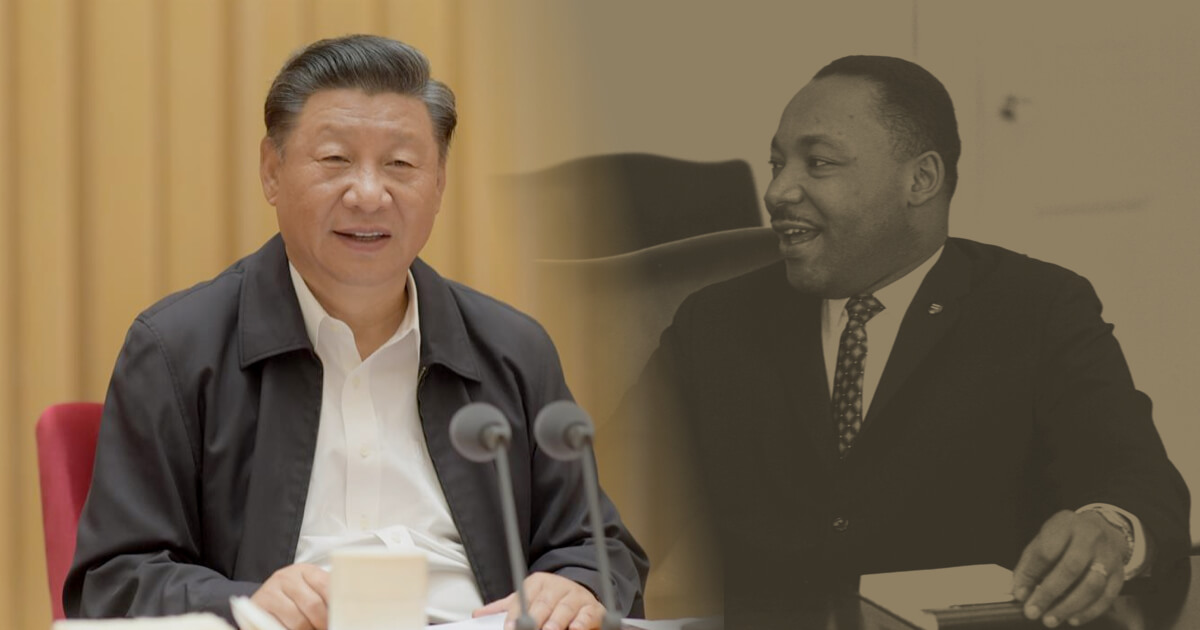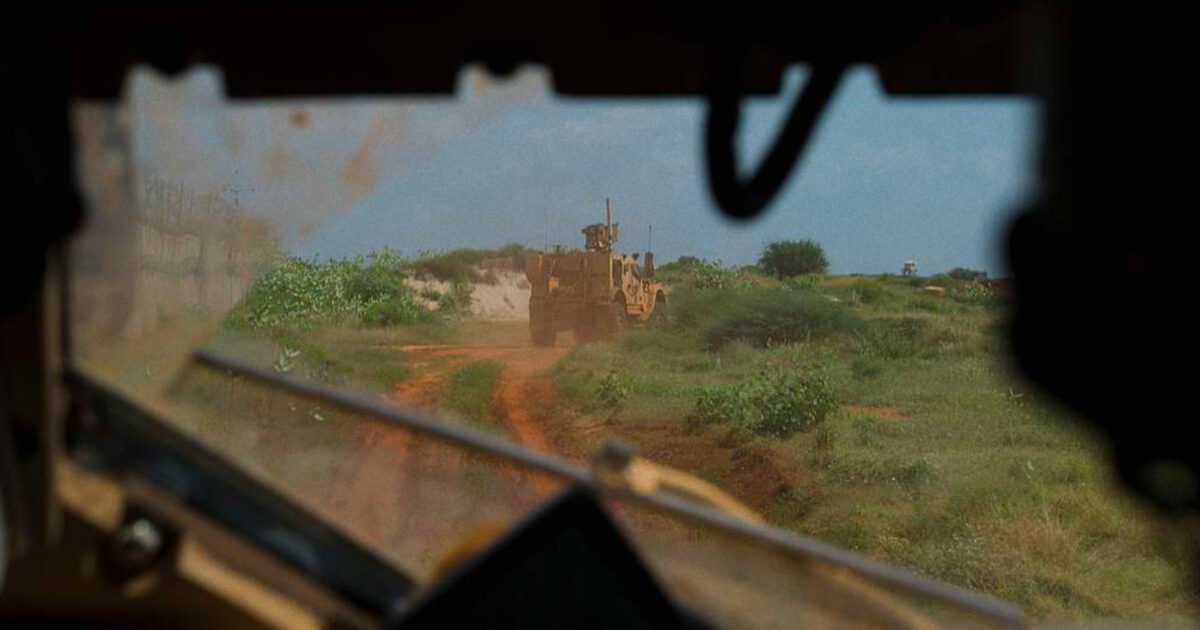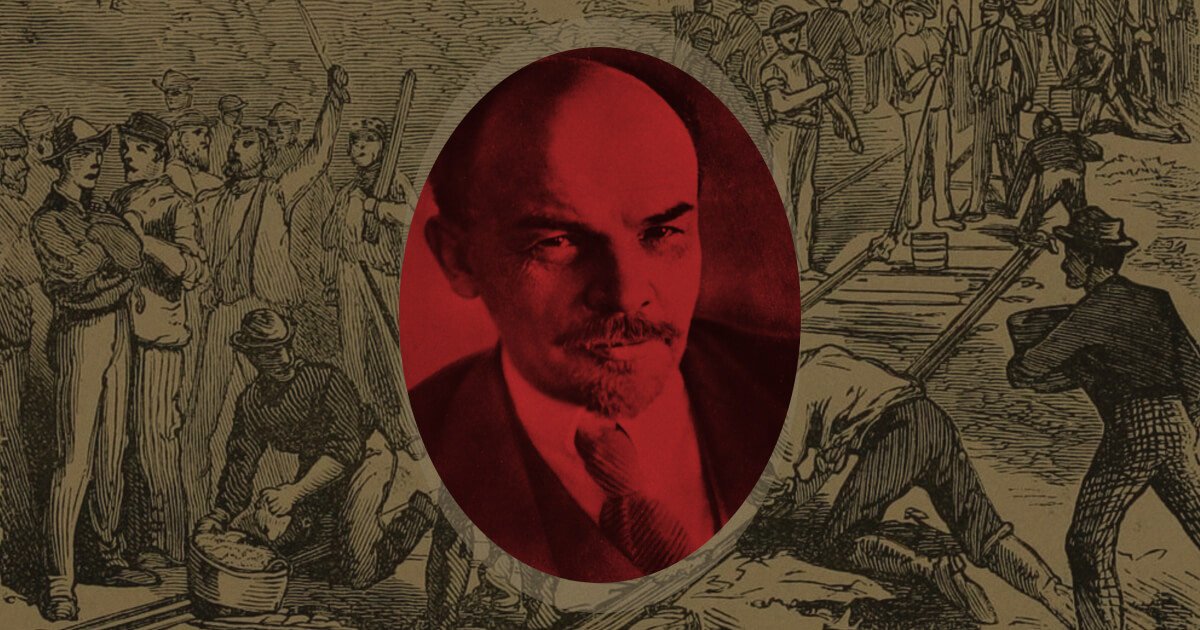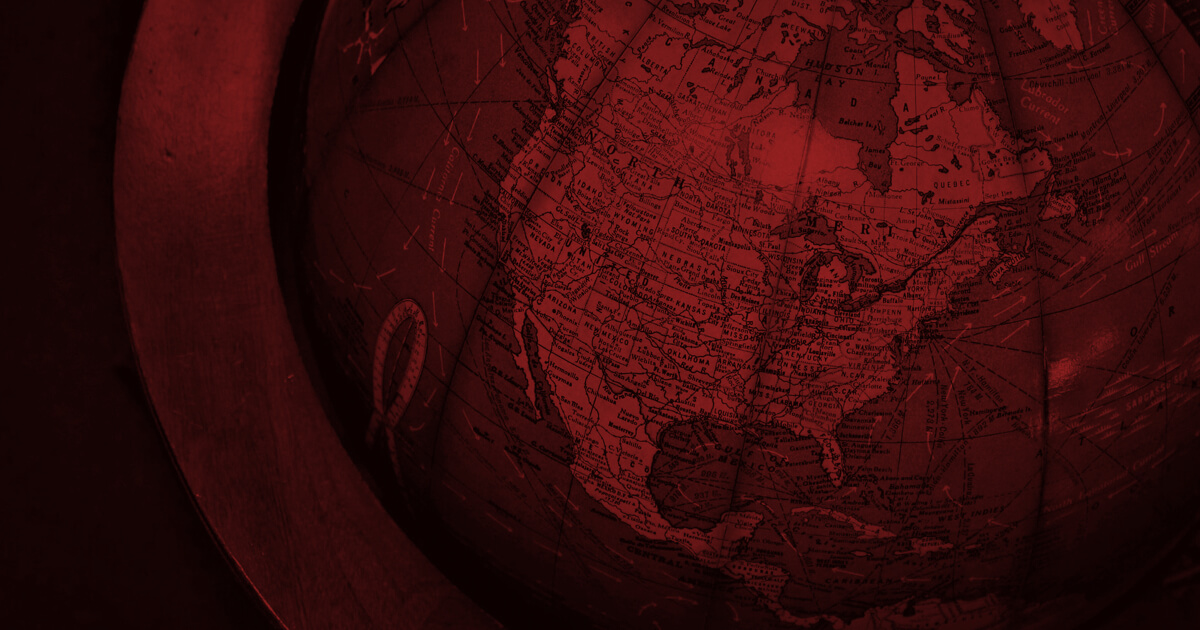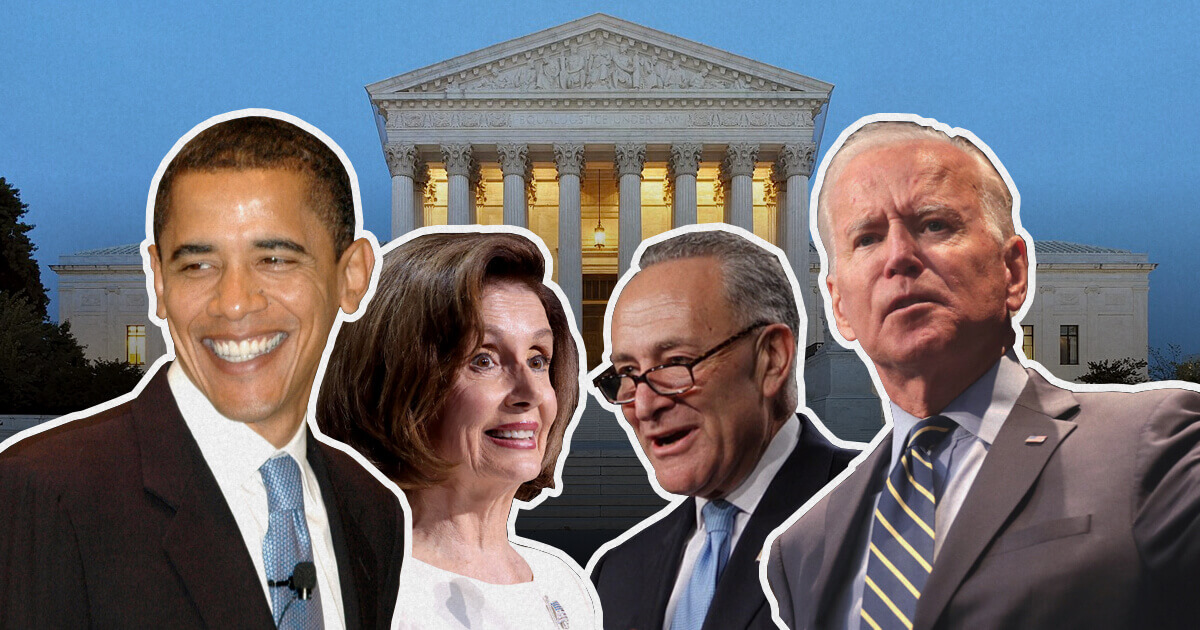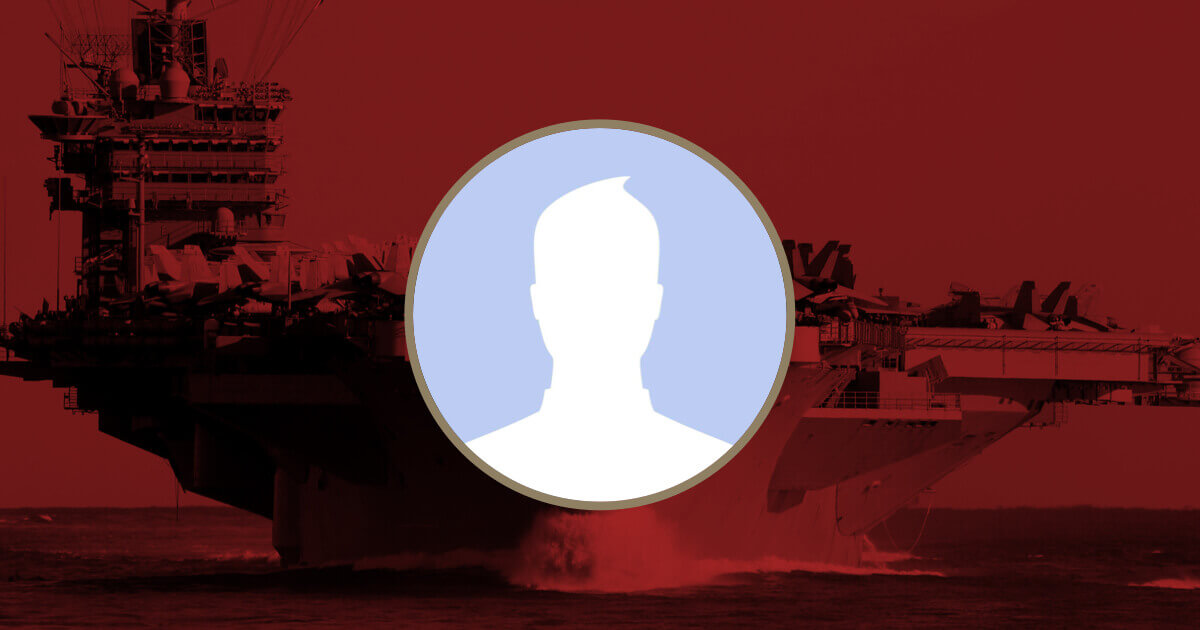A left-wing peace activist raised in Ukraine explains how the US government created the crisis, backing two coups in a decade, fueling a devastating civil war, and exploiting his nation as a proxy against Russia.
I am a Ukrainian-American. I grew up and spent over half of my life in Ukraine, although now I live in the United States. I wanted to explain my thoughts on the ongoing crisis with Russia, because mainstream corporate media outlets don’t ever share perspectives like mine.
It is definitely a stressful time, for obvious reasons. Fortunately, my family and friends in the country are alive and are doing well enough under the circumstances. Unfortunately, in the past decade this isn’t the first time I have had to check in on my loved ones there, and for basically the same reasons. This is what I wanted to talk about.
You see, the US government has meddled in Ukraine for decades. And the Ukrainian people have suffered because of this.
The overwhelming support that Western governments and media outlets have poured out for Ukraine since Russia invaded on February 24 is not actually motivated by concern for the Ukrainian people. They are using us to advance their political and economic interests.
We know this because Washington overthrew our government twice in a decade, imposed neoliberal economic policies that made our country the poorest in Europe, and has fueled a devastating civil war that in the past eight years took the lives of 14,000 Ukrainians and wounded and displaced many more.
The following facts don’t get mentioned by the media, as they contradict the foreign-policy goals of the US government. So unless you are actively engaged in the anti-war movement, the info below is probably new to you. That is why I wanted to write this article.
US government backed two coups in Ukraine in one decade, and fueled a civil war that killed 14,000 Ukrainians
The first US-backed soft coup in Ukraine occurred in 2004, when Western-backed presidential candidate Viktor Yushchenko lost the election.
The winner of the November 2004 vote, Viktor Yanukovych, was portrayed as being pro-Russian, so Western governments refused to recognize his victory and declared electoral fraud.
Western-backed forces in Ukraine then mobilized and carried out a textbook color revolution, called the “Orange Revolution.” They forced another run-off vote that December, in which their candidate Yushchenko was declared president.
In a shockingly honest 2004 report titled “US campaign behind the turmoil in Kiev,” Britain’s establishment newspaper The Guardian admitted that the “Orange Revolution” was “an American creation, a sophisticated and brilliantly conceived exercise in western branding and mass marketing,” bankrolled with at least $14 million.
“Funded and organised by the US government, deploying US consultancies, pollsters, diplomats, the two big American parties and US non-government organisations, the campaign” attempted to topple governments “in four countries in four years,” The Guardian boasted, targeting Serbia, Georgia, Belarus, and Ukraine.
Much like in the United States, Ukrainian presidents are appointed and govern in the interest of wealthy oligarchs, so no Ukrainian president ends his tenure with a particularly high rating. The US-backed Yushchenko, however, set a new record for the lowest popular support in history.
In the next presidential election, in 2010, Yushchenko got just 5% of the vote, which should give you an insight into how popular he actually was.
During his first term Yushchenko implemented a program of austerity, reduced social spending, bailed out large banks, deregulated agriculture, advocated for NATO membership, and repressed the rights of language minorities like Russian speakers.
The second US-backed coup d’etat in Ukraine was launched in late 2013 and consolidated power in 2014, just a decade after the first one.
Viktor Yanukovych, who was frequently called pro-Russian by Western media but in reality was just neutral, won the 2010 presidential election fair and square.
But in 2013, Yanukovych refused to sign a European Union Association Agreement that would have been a step toward integrating Ukraine with the EU. In order to be part of this program, Brussels had demanded that Kiev impose neoliberal structural adjustment, selling off government assets and giving the Washington-led International Monetary Fund (IMF) even more control over Ukrainian state spending.
Yanukovych rejected this for a more favorable offer from Russia. So, once again, Western-backed organizations brought out their supporters into the Maidan Square in Kiev to overthrow the government.
As was the case during the “Orange Revolution” in 2004, the United States sent politicians to meet with the leaders of the demonstrations, and later coup leaders, in late 2013 and early 2014. US Senators John McCain, Chris Murphy, and others spoke in front of large crowds in Maidan.
At some point the control of the stage and leadership of the protests was overtaken by far-right forces. Leaders of such organizations as Svoboda (a neo-Nazi party) and Right Sector (a coalition of fascist organizations) spoke to the protesters, sometimes standing side-by-side with their American backers like McCain.
Later their organizations acted as the spear of attack against the Ukrainian police in the violent February 2014 coup d’etat, and they were the first to storm government buildings.
With the success of the US-backed forces and fascists, President Yanukovich fled the country to Russia.
US government officials met with coup leaders and appointed a right-wing neoliberal, Arseniy Yatsenyuk, to lead the new regime, because they recognized they couldn’t appoint the fascists and maintain legitimacy.
A leaked recording of a phone call between Victoria Nuland, the assistant secretary of state for European and Eurasian affairs, and the US ambassador in Kiev, Geoffrey Pyatt, showed that Washington chose who the leaders of the new coup regime would be.
Nuland referred to Yatsenyuk affectionately as “Yats,” saying, “Yats is the guy.”
The first actions of the post-2014 coup government were to ban left-wing parties in the country and reduce language-minority rights even further. Then Ukrainian fascists attacked anti-coup demonstrations in the streets all over the country.
As the anti-coup protests were being violently broken up by the far-right, two areas in the east of the country, Donetsk and Luhansk, rose up and declared independence from Ukraine.
The people of Crimea also voted to leave Ukraine and join Russia. Crimea has a Russian military base, and under their protection they were able to vote safely.
The people in Donetsk and Luhansk were less lucky. The coup government dispatched the military to suppress their insurrections.
At first many Ukrainian soldiers refused to shoot at their own countrymen, in this civil war that their US-backed government started.
Seeing the hesitation of the Ukrainian military, far-right groups (and the oligarchs that were backing them) formed so-called “territorial defense battalions,” with names like Azov, Aidar, Dnipro, Tornado, etc.
Much like in Latin America, where US-backed death-squads kill left-wing politicians, socialists, and labor organizers, these Ukrainian fascist battalions were deployed to lead the offensive against the militias of Donetsk and Luhansk, killing Russian-speaking Ukrainians.
In May 2014, neo-Nazis and other far-right forces assaulted an anti-coup demonstration in the major city of Odessa. 48 people were burned alive in a labor union building.
This massacre added more fuel to the civil war. The Ukrainian government promised to investigate what happened, but never really did.
My point: Without understanding the Maidan massacre and bringing to justice its perpetrators, it is impossible to understand and resolve peacefully the internal and international conflicts involving Ukraine and the dangerously escalating war in the Donbas. https://t.co/Hxyq0L4sA8
Ivan Katchanovski (@I_Katchanovski)
February 23, 2022
After the 2014 coup, Ukraine held an election without any serious opposition candidates, and Western-backed billionaire Petro Poroshenko won.
Poroshenko was seen as the most “moderate” of the right-wing coup coalition. But that didn’t mean much, considering many opposition parties were banned or assaulted by the far-right when they tried to organize.
Additionally, the areas that would have heavier support for the voices who wanted peace with Russia, such as Crimea and the Donbas, had seceded from Ukraine.
The new president had the impossible task of trying to appear sufficiently patriotic for the far-right while at the same time sufficiently “respectable” for the West to continue backing him publicly.
To appease the far-right, Poroshenko gave out awards to World War Two veterans “on both sides,” including the ones that fought in Nazi Germany-aligned militias like the fascist Organization of Ukrainian Nationalists and Ukrainian Insurgent Army.
The Ukrainian government officially honored the leaders of these organizations, Stepan Bandera and Roman Shukevych, who organized massacres of many thousands of Poles, Jews, Russians, and other minorities during World War Two, and who willingly participated in the Holocaust.
The holiday Defenders of Ukraine Day, or Day of Ukrainian Armed Forces, was changed to October 14, to match the date of founding of the Nazi-backed Ukrainian Insurgent Army.
This is why you sometimes see red-and-black badges on Ukrainian soldiers. This symbol shows support for the fascist Ukrainian forces during World War Two.
Canada’s Deputy Prime Minister, Chrystia Freeland, shared of photo of herself holding a fascist symbol at a rally where the same fascist flag was everywhere. And yet, Canadian media has ignored it completely. NEW from @DavideMastracci. https://t.co/eZW4qCP5B8
Passage (@readpassage)
March 1, 2022
(Also I have to make a separate but important point here: Ukraine was previously part of the Soviet Union, and the majority of the Ukrainian population during World War Two supported the Red Army and actively resisted Nazi occupation of their country. The Ukrainian fascist collaborationists and parties did not have as broad support as the anti-fascist resistance did, and were mostly active during the period of Nazi occupation.)
A large portion of the civil war that broke out in Ukraine after the 2014 coup was waged under Poroshenko.
From 2014 to 2019, in five years of civil war in Donbas, the geographic region that encompasses the Luhansk and Donetsk republics, more than 13,000 people were killed, and at least 28,000 were wounded, according to official Ukrainian government statistics. This was years before Russia invaded.
The Ukrainian army and its far-right paramilitary allies were responsible for the vast majority of civilian casualties, with the United Nations reporting in January 2022 that, between 2018 and 2021, 81.4% of all civilian casualties caused by active hostilities were in Donetsk and Luhansk.
These are Russian-speaking Ukrainians being killed their own government. They are not secret Russian forces.
Researchers at the US government-sponsored RAND Corporation acknowledged in a January 2022 report in Foreign Policy magazine that, “even by Kyiv’s own estimates, the vast majority of rebel forces consist of locals—not soldiers of the regular Russian military.”
Meanwhile, millions of Ukrainians fled the country due to the conflict, especially from the eastern regions that saw most of the fighting.
The United States strongly supported Poroshenko and the Ukrainian government as it was waging this brutal war that killed thousands, injured tens of thousands, and displaced millions.
This is why I say the US government doesn’t actually care about Ukraine.
In 2019, the Ukrainian people clearly showed that they opposed this war by overwhelmingly voting against Poroshenko at the ballot box. Current Ukrainian president Volodymyr Zelensky got 73% of the vote, compared to just 24% for Poroshenko.
Zelensky ran on a platform of peace. He even addressed the Russian-speaking eastern parts of the country in Russian.
Very quickly after entering office, however, Zelensky changed his tone. Much like the supposedly “moderate” Poroshenko, Zelensky was told that he was risking losing Western backing, and the loyalty of the far-right, which could threaten to kill him.
So Zelensky did a 180 on his peaceful rhetoric, and he continued to support the civil war.
Neo-Nazis have a significant influence in Ukraine’s state security services
Here it is important to address another important point: The Ukrainian government is not directly run by fascists, but in Ukraine fascist forces do have significant influence in the state.
After the 2014 US-backed coup, neo-Nazis were absorbed by Ukraine’s military, police, and security apparatus.
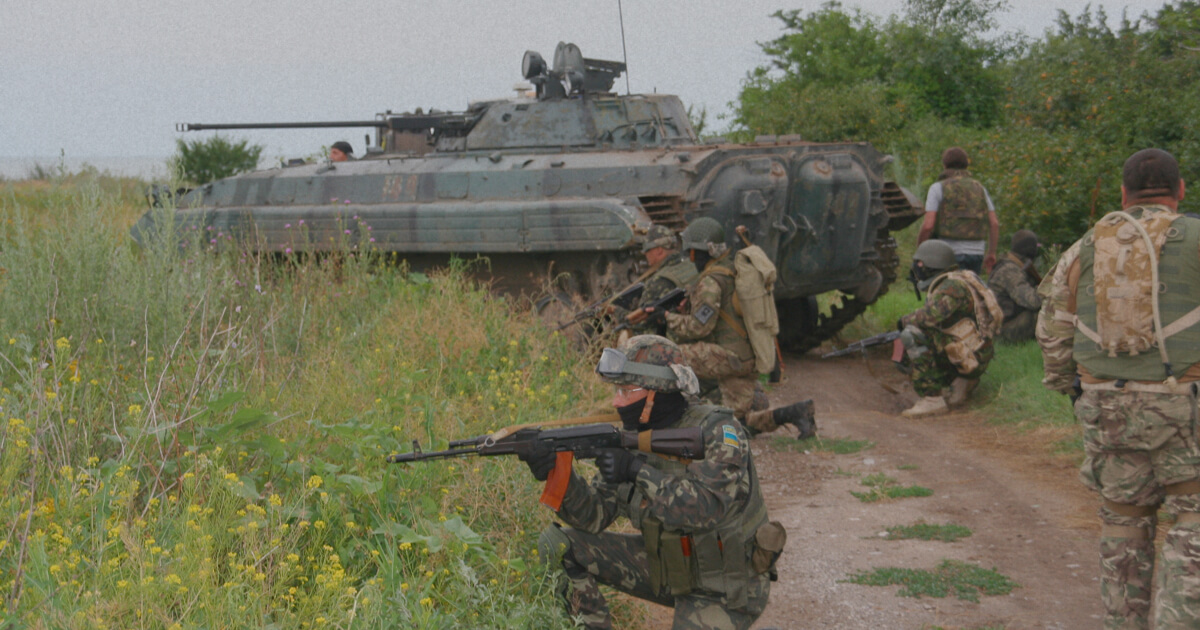
Soldiers from the Azov Battalion take up positions near an infantry fighting vehicle from the National Guard of Ukraine
So while the parliamentary representation of fascist parties is not large (they often get just a few percentage points of the vote in elections), these extremists continue to be supported by taxpayers’ money through unelected state institutions.
Additionally, these neo-Nazis have the street muscle to terrorize political opponents. They can quickly mobilize dozens or hundreds of people on a moment’s notice to attack opponents.
Moreover, these fascists are highly motivated combatants that ensure the loyalty of the Ukrainian military. They represent a powerful faction of the Ukrainian political spectrum, and one of the forces in Ukrainian society that pushes for escalating war with the separatist regions and Russia.
I sometimes see people try to reject this fact by saying, “How can Ukraine have all these Nazis if their president is Jewish?” Here is the answer: the Nazis are not appointed by Zelensky.
These fascists have a major influence in the unelected state security apparatus. The have systematically infiltrated the military and police. And they even enjoy support and training from Western governments and NATO.
NATO is sending weapons and trainers to help neo-Nazis in Ukraine’s white-supremacist Azov movement fight Russia, as the US floods the country with weapons. This follows numerous reports of Western government support for Ukrainian far-right extremists. https://t.co/5gYgmU8PFo
Benjamin Norton (@BenjaminNorton)
March 10, 2022
The position of fascists grew substantially stronger in Ukraine in the eight years of the civil war, from 2014 to 2022.
For those reasons Ukrainian presidents (Jewish or not) have to take the position of the far-right into consideration. (Not to mention the possibility that far-right gangs could threaten to kill the president or other politicians if they defy them.)
Furthermore, all forces that normally oppose fascism or would oppose the civil war have not existed en masse for eight years in Ukraine: following the 2014 coup, many left-wing parties and socialists got banned by the Ukrainian government, and were assaulted in the streets by the fascists.
Any Ukrainian president, especially since the coup, is highly dependent on the support of the US government as well. So Zelensky is very much a hostage of the situation.
When Washington tells Zelensky he must continue the civil war in Ukraine against his own electoral promises, support NATO membership, ignore the Minsk II agreement of 2015, or even ask for nuclear weapons, he does everything he is told.
Like any other US puppet regime, Ukraine doesn’t have any real independence. Kiev has been actively pushed to confront Russia by every US administration, against the will of the majority of Ukrainian people.
The fact that most Ukrainians wanted peace with Russia was reflected by the fact that they voted for the peace candidate Zelensky in such overwhelming numbers, 73%. And the fact that Zelensky did a total 180 on that promise shows how little political power he actually has.
Western sanctions will only hurt working-class Russians (and average people in the US too)
Now to circle back to the present moment and what to do now. I don’t support the invasion Russia is carrying out. But the only government I can influence by the virtue of living in the United States is the US government.
Luckily, that is extremely relevant, because Washington is one of the root causes of what is happening in Ukraine now.
For the past eight years, I spoke out against the coup and the civil war in Ukraine that the United States supported, promoted, and funded.
While I never thought a war with Russia was possible, I and many other Ukrainians are against Ukraine joining NATO and escalating tensions with the separatist republics and Moscow.
Any further escalation by the US right now can only lead to a larger war.
I even hear some US politicians playing around with the idea of a “no-fly zone,” which means they are calling for NATO to shoot down Russian planes. This is the quickest way to World War Three.
The support for Ukraine that fills the Western media now is not out of real solidarity with the people of Ukraine. If that were the case, the US wouldn’t have overthrown our government twice in a decade; it wouldn’t have supported the policies that made us the poorest country in Europe; it wouldn’t have fueled a brutal civil war for the past eight years.
The reason US media outlets and politicians are all backing Ukraine now is because they want to use the Ukrainian military and civilian population as cannon fodder in a proxy war with a political adversary.
Washington is willing to fight until the last Ukrainian to weaken Russia.
For that reason, I am absolutely against US sanctions in general, and this round of US sanctions against Russia in particular.
The harsh Western sanctions imposed on Russia target the civilian population.
Sanctions don’t affect ruling elites, and all US sanctions ever do is collectively punish working-class people of a country where Washington doesn’t like their government.
Devaluing the Russian currency, the ruble, is effectively a form of shrinking workers’ wages, cutting the pensions of retirees, and preventing regular people from being able to access food or medicine.
This isn’t to mention the cost that these sanctions are now also having on the people in the United States itself, with gas prices as high as $6 a gallon and even $7 in parts of California.
The skyrocketing oil prices caused by this crisis will lead to more inflation. And while the official US inflation figure is 7.5%, the real number is probably in the double digits.
All of this makes life harder for average working people, in Ukraine, Russia, the US, and around the world.
Russiagate and anti-Russian xenophobia has made the crisis even worse
Another factor in the Ukraine crisis is the rampant surge of russophobia.
Since Hillary Clinton lost the 2016 presidential election, Democrats have blamed Donald Trump’s victory on Russian hacking without any solid proof. All of the supposed evidence they presented fell apart when investigated.
Many US politicians demonized Russia as much as they could, just to push the blame for their candidate losing on someone else.
Now Russia’s February invasion of Ukraine has made it okay to be openly xenophobic. I have even seen some people call for killing all Russians, boycotting all Russian businesses, revoking student visas for Russians, etc.
Even in the more “respectable” media, you see talking heads speaking about Russian people as if they’re not human.
Under Donald Trump, many of these same people demonized China, and then acted surprised when there was a wave of hate crimes in the US against East Asians.
During the US invasion of Iraq, the press demonized Arabs and Muslims, leading to hate crimes against their communities.
My point is that demonizing nationalities is never acceptable, and people can see through the flimsy excuses of hiding one’s own xenophobia behind the declarations of “solidarity” with my country.
In conclusion, I wanted to say that, if you live in the United States, the only government you can actually influence through demonstrations and other forms of protest is our own.
I absolutely think it is a crime right now to support the US government’s drive for war, sanctions, or further escalation of tensions in Ukraine.
The US government has been stoking this conflict for decades. Washington has funded coups and fueled a civil war in Ukraine.
Now, US corporations stand to greatly benefit from what is happening.
The government doesn’t care about the people here in the US, and the only reason it says it cares about people abroad is so it can justify further military spending and advance its foreign-policy goals – which aren’t good for anyone except for a handful of rich American oligarchs.
Republished with permission from Multipolarista. Photo credit: Sgt. 1st Class Chad Menegay (Army.mil, public domain), Carl Ridderstråle (WikMedia Commons, CC BY-SA 4.0)


